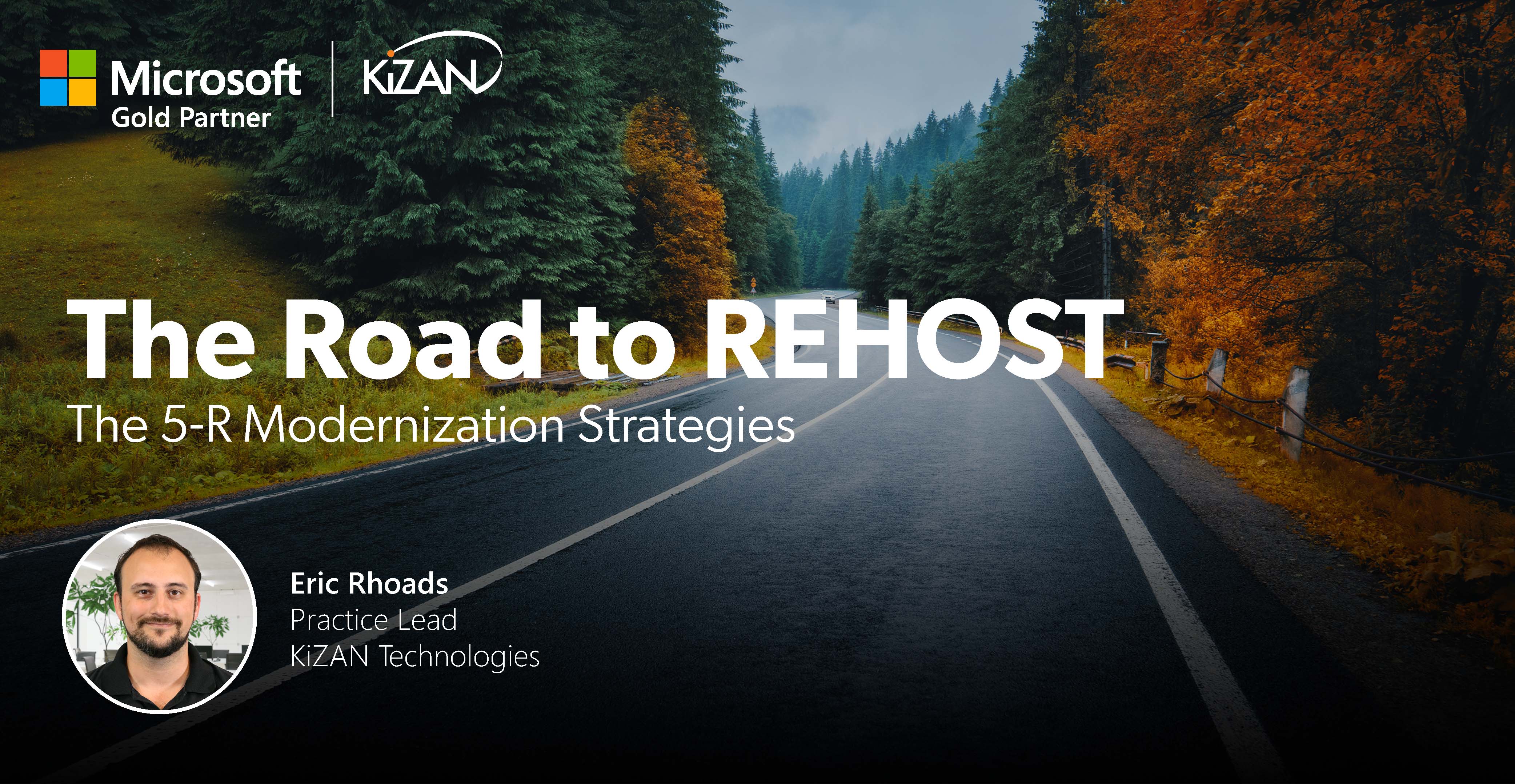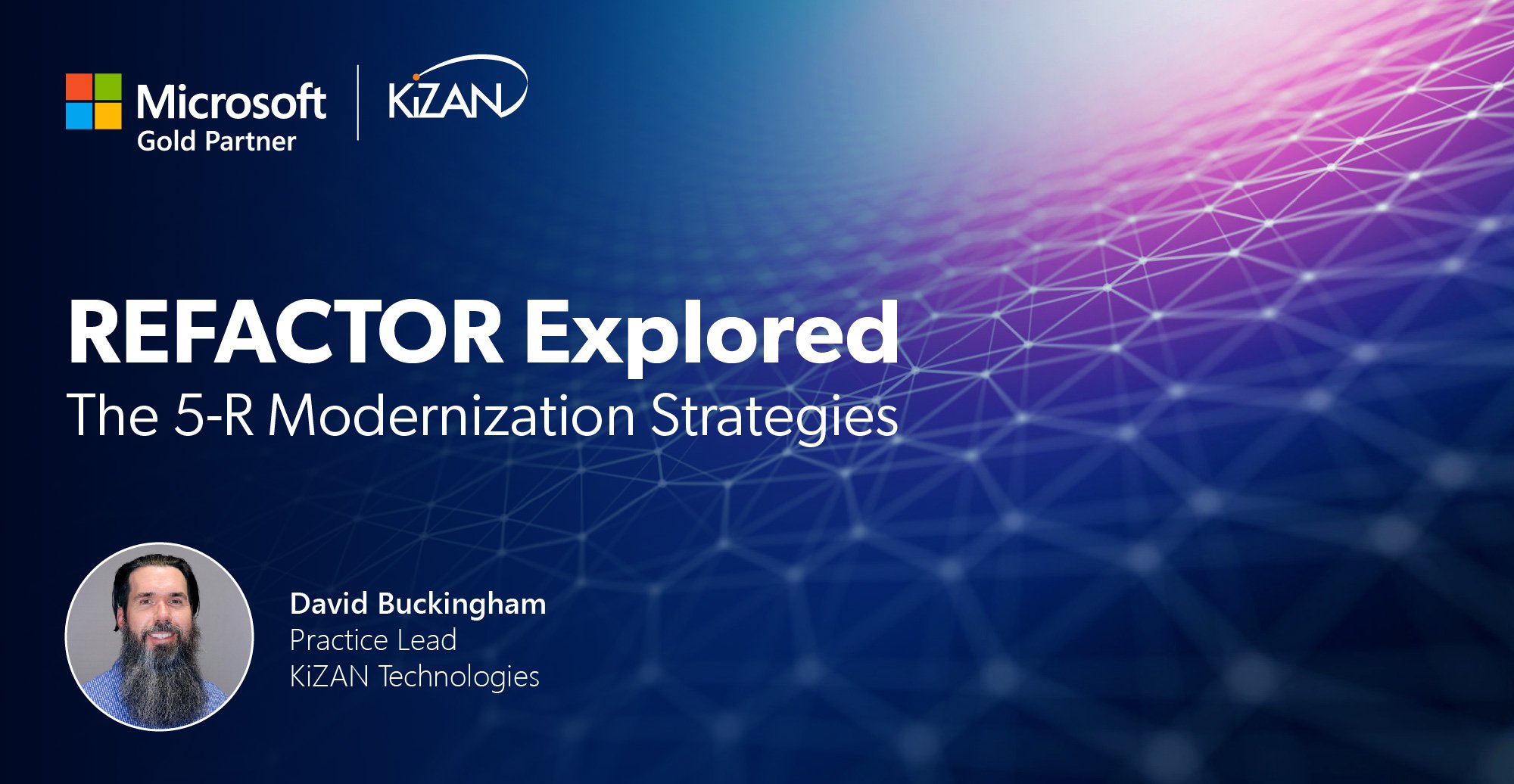
In today's fast-paced business landscape, staying ahead of the competition requires efficient and effective solutions. According to Microsoft’s Work Trend Index, nearly 70% of employee report that they don’t have sufficient time in the day to focus on “work”, with more time being spent Communicating than Creating.
Microsoft 365 Copilot is designed, with Microsoft’s cloud trust platform at its core, to allow for employees to both be more productive, reduce the time spent searching for information, performing mundane tasks, and other low-value activities.
Planning is an important part of any cloud journey. Often an organization will start by taking inventory of their infrastructure and build a plan to migrate their on-premises virtual machines. An infrastructure migration does provide cloud-based benefits to the organization such as reliability, resiliency, and stability, but what are the next steps?
Application modernization provides further benefits allowing the organization to:
- Innovate at a more rapid pace
- Realize cost reductions
- Lower administration overhead
The first step in an application modernization initiative is to first take inventory of the entire digital estate, not just the infrastructure.
- What applications are hosted on the infrastructure?
- How many dev, test, and production environments does each application have?
- What data stores (databases, file shares, etc.) are required for each application?
With this inventory, an organization can then begin to rationalize each workload to identify the best strategy for modernization. The strategies for application modernization are identified by "The 5 R's": Rehost, Refactor, Rearchitect, Rebuild, and Replace.
Rehost
Rehosting an application is the most common strategy. Rehosting an application (often referred to as "lift and shift) simply means migrating the application and underlying infrastructure to the cloud. Rehosting is an appropriate strategy when exiting a datacenter or freeing up datacenter space is the driver for cloud adoption.
Refactor
Many applications can easily be refactored to take advantage of common Platform-as-a-Service (PaaS) offerings of a cloud provider. PaaS services can help to reduce operational costs compared to a pure infrastructure-based hosting model. PaaS services also allow an organization to more efficiently utilize the cloud. Many services can easily scale with demand, or use a consumption-based pricing model.
Rearchitect
Some legacy applications may not have been well-designed when originally developed, and may not easily transition to cloud-based services. These applications may require rearchitecting before they can properly take advantage of the cloud. During the rearchitecting exercises, not only can the application be rearchitected for the cloud, but teams can also take this time to adopt DevOps techniques for application development and deployment.
Rebuild
In some cases, an application will just require too much work to rearchitect or refactor for the cloud. At times, these applications may also no longer meet the needs of the business, and therefore the best strategy is to rebuild these applications. Rebuilding an application not only helps to meet the needs of the business today, but also can help to adopt modern-day DevOps practices and leverage cloud-based services to help ensure longevity into the future
Replace
Finally, at times it may be necessary to simply replace or to retire an application. Rather than supporting a custom application, maybe a Software-as-a-Service (SaaS) option is available to provide the needed functionality. Maybe another product in use within the organization has modules or features to replace the application's functionality?
As you can see, there are many different strategies for modernizing an application for the cloud. It is important to note that a single strategy is not suited for all applications. Simply choosing a single strategy for all applications in your inventory will often yield ineffective results. Analyze each application independently to rationalize the best application modernization strategy.
Interested in modernizing an aging application?
Learn more about our application modernization offer.
KiZAN is a Microsoft National Solutions Provider with numerous gold and silver Microsoft competencies, including gold data analytics. Our primary offices are located in Louisville, KY, and Cincinnati, OH, with additional sales offices located in Tennessee, Indiana, Michigan, Pennsylvania, Florida, North Carolina, South Carolina, Georgia and Texas.




